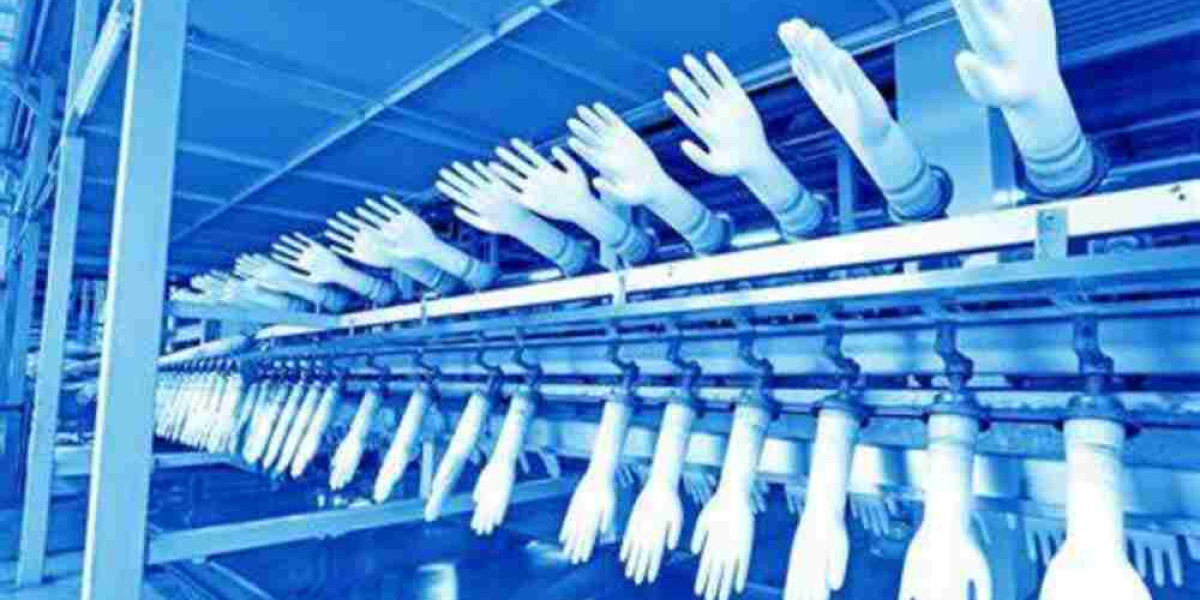In the medical field, the importance of Surgical Gloves goes far beyond basic hygiene. They are the frontline defense for both healthcare professionals and patients, ensuring sterile conditions during every procedure. As global health standards continue to rise, the demand for high-quality, reliable, and certified surgical gloves has never been greater. This is where a Professional Surgical Glove Production Unit plays a vital role — combining precision engineering, advanced materials, and strict regulatory compliance to deliver products that meet the toughest standards in healthcare - https://mitrasaruta.com
The Growing Demand for High-Quality Surgical Gloves
Healthcare facilities across Indonesia and the world have recognized the need for consistent, premium-grade surgical gloves. Beyond providing protection, gloves must offer comfort, dexterity, and durability to support long surgical procedures without compromising tactile sensitivity.
The COVID-19 pandemic amplified this demand dramatically, revealing the importance of self-sufficiency in glove production. Indonesia’s healthcare infrastructure increasingly depends on domestic manufacturers capable of producing world-class surgical gloves at scale — ensuring national resilience and supply chain stability.
Inside a Professional Surgical Glove Production Unit
A Professional Surgical Glove Production Unit is not just a factory — it is a controlled environment designed to maintain the highest hygiene and production standards. Every stage of manufacturing is guided by stringent quality management systems aligned with ISO 13485 and Good Manufacturing Practices (GMP).
1. Raw Material Selection
The production process begins with sourcing medical-grade latex or synthetic alternatives such as nitrile and neoprene, depending on hospital specifications. Each batch undergoes laboratory testing for purity, elasticity, and allergen content to ensure consistent quality.
2. Forming and Coating
Ceramic or aluminum formers are dipped into the latex or nitrile compound, forming the base structure of the glove. This stage determines the glove’s thickness, strength, and flexibility. Some units employ chlorination or polymer coating to create powder-free surfaces, improving donning comfort and minimizing allergic reactions.
3. Curing and Leaching
The formed gloves are then cured at precise temperatures to stabilize the material, followed by a leaching process that removes residual proteins or chemicals. This critical phase enhances the glove’s biocompatibility and reduces risks of latex sensitivity among medical staff.
4. Quality Inspection
Each glove undergoes rigorous testing — including pin-hole detection, tensile strength testing, and visual inspection. Automated air leak and water-tightness tests ensure every pair meets international safety benchmarks.
5. Sterilization and Packaging
Sterilization, usually through ethylene oxide (EtO) or gamma radiation, ensures the gloves are free from microbial contamination. Finally, the products are sealed in sterile packaging within cleanroom conditions, ready for operating theaters.
Product Excellence: Meeting the Needs of Modern Surgery
Modern surgical environments demand gloves that provide both barrier protection and precision performance. Leading production units in Indonesia are now manufacturing specialized variants such as:
Powder-Free Surgical Gloves: Minimizing postoperative complications linked to powder residues.
Nitrile Surgical Gloves: Offering superior chemical resistance and puncture protection.
Textured Surface Gloves: Enhancing grip control for delicate procedures.
Anatomically Fitted Designs: Reducing hand fatigue and improving surgeon comfort.
Each product is developed with end-users in mind — surgeons, nurses, and operating room technicians — ensuring safety never comes at the cost of efficiency or comfort.
Commitment to Compliance and Sustainability
Compliance is a non-negotiable principle in the surgical glove industry. Reputable production units align their processes with WHO guidelines, CE marking, and ASTM standards, ensuring each product can be safely distributed across global markets.
Equally important is environmental responsibility. Advanced production units are investing in wastewater treatment systems, energy-efficient machinery, and eco-friendly packaging. Sustainable latex sourcing and recyclable materials are gradually becoming industry norms, reflecting a balance between innovation and environmental care.
Supporting Hospitals and Health Agencies
For hospitals and health agencies, partnering with a Professional Surgical Glove Production Unit provides several advantages:
Assured Supply Stability: Reduced dependency on imports, ensuring timely delivery during crises.
Custom Specifications: Tailored glove sizes, materials, and sterilization methods to match institutional needs.
Cost Efficiency: Local manufacturing helps control prices without sacrificing quality.
Training and Support: Some producers offer guidance on glove handling, storage, and usage to optimize safety practices.
By choosing certified, domestically produced gloves, healthcare institutions contribute to both patient safety and national healthcare resilience.
Conclusion
A Professional Surgical Glove Production Unit stands at the intersection of science, safety, and sustainability. Through continuous innovation, strict quality control, and a commitment to excellence, these facilities are elevating Indonesia’s healthcare capabilities to global standards.
As hospitals and health agencies seek dependable partners for surgical protection, the message is clear: invest in trusted, certified, and locally manufactured Surgical Gloves — the essential layer of safety that upholds every successful procedure.










